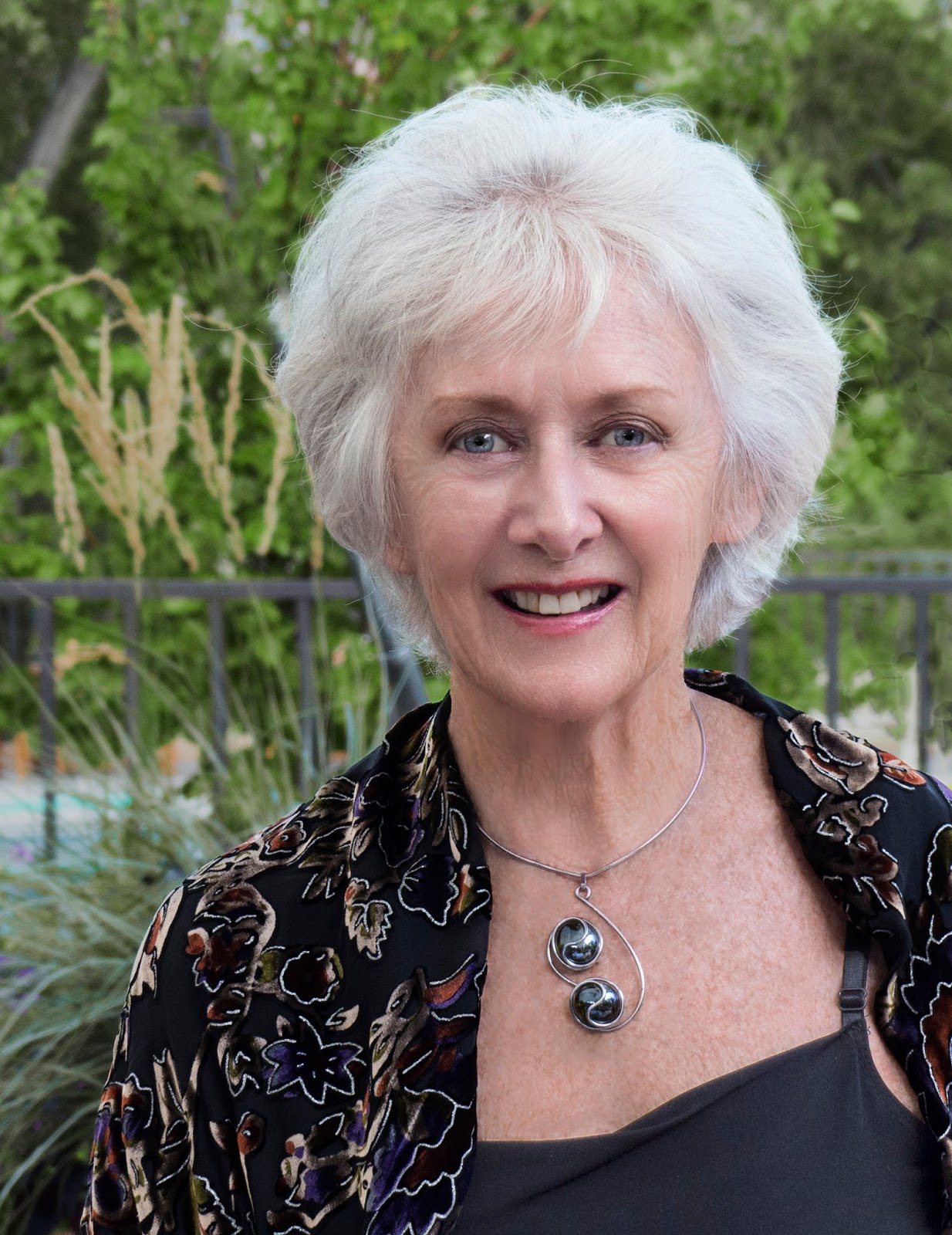REVIEW
Long Beach Symphony at the Terrace Theater, Long Beach Performing Arts Center
DAVID J BROWN
For his second concert as Music Director of the LBSO, Eckart Preu answered the annual challenge of commemorating Veterans Day with an imaginative and wide-ranging program – as we’re rapidly coming to realize is characteristic of this conductor. In his pre-concert talk, he averred his intention to avoid a “pops concert”, taking an approach that followed two routes, firstly to honor the heroism inherent in the occasion, and then to celebrate America. Though not stated as such, one could easily take the result as refuting crude triumphalism and jingoism, and celebrating not only the country’s natural beauty and grandeur but also the welcoming inclusiveness that in the past has informed the national character.
 |
| Aaron Copland. |
Such is the beauty and memorability of Samuel Barber’s 1936 Adagio for Strings that it has become a kind of unofficial mourning anthem for, among other things, the deaths of hundreds of thousands of those “common men” in the fight for freedom. Maestro Preu’s interpretation was blessedly free from mawkishness and exaggeratedly slow tempi, sensitively played by the LBSO strings, and unfolded with an easy naturalness through which flowed unhindered the Adagio’s poignant blend of contemplation and consolation.
To follow this, as the conductor had previously noted, the utmost contrast was needed. The Armed Forces Salute is a potpourri of tunes associated with various branches of the services, arranged in 1990 by Bob Lowden (1920-1999), and Maestro Preu invited veterans present to stand when “their” tune arrived. For once, applause during the music was entirely appropriate – a touching tribute to the veterans as they successively took to their feet.
 |
| William Grant Still. |
It was a little unfortunate that the program booklet did not list its individual movement headings, so that considerable applause greeted the end of what many audience members presumably, and understandably, thought was a short single-movement piece. What is in fact the first of four movements opens with a swaying, lyrical theme in triple-time, followed by an equally amiable counter-subject. There is some development of these to justify the work’s symphonic status, and then the second movement starts with an even more honeyed melody bearing a disconcerting similarity to “The Way You Look Tonight”. This slow movement runs straight into a mildly jazz-influenced “moderately fast” third movement that does duty as the Symphony’s scherzo, after which the Finale adopts a somewhat dogged, aspirational pose, interspersed with muted bluesy trumpet riffs and reflective string passages.
While the inclusion of such an unfamiliar piece was welcome, and doubly so when it was played and conducted with such commitment as the LBSO and Herr Preu brought to it, overall Still’s symphonies (he wrote five in all) do not for me form a body of work to compare with those of his American near-contemporaries like Piston, Hanson and Sessions, let alone slightly later figures such as Copland, Barber and Schuman. In my admittedly limited knowledge of his music, the short choral/orchestral pieces Wailing Woman and (in particular) And They Lynched Him on a Tree, wherein choruses of white and black singers successively cheer and lament the titular murder, carry a much more powerful punch.
 |
| Anna Clyne. |
Ms. Clyne’s characteristic technique of holding the first note of a phrase on one instrument while others move up or down creates a sound-world similar to the wetly cascading textures of Arvo Pärt’s Cantus in Memoriam Benjamin Britten; other earlier progenitors may include Strauss’s Metamorphosen and Schoenberg’s Verklärte Nacht. As such, the work formed a wonderful contrast not only to the more conventionally elegiac Barber Adagio, but also the sentimental/romantic mood of the Still and the riotous Technicolor fantasy of the ensuing final piece, Ferde Grofé’s Grand Canyon Suite. The latter work was used as musical backdrop to a 1958 Walt Disney documentary on the national park, pictured below.
 |
| l-r: Ferde Grofé, George Gershwin, S.L Rothafel (“Roxy”), and Paul Whiteman at the Roxy Theatre, New York. |
On this occasion, Eckart Preu and his orchestra did more than full justice to the Grand Canyon Suite, from the barely audible timpani roll and high violin tone that introduce the opening “Sunrise” movement, through the woodblock clip-clopping “On the Trail” (causing smiles of memory and murmurs of appreciation from many in the audience), to the final “Cloudburst”, a wind machine-blown torrent that rivals Strauss’s Alpine Symphony storm for effect (and with far fewer players), not to mention the positively Mahlerian apotheosis. Great stuff, and the perfect conclusion to an impressively ambitious and wide-ranging concert.
Long Beach Symphony Orchestra, Terrace Theater, Saturday, November 11, 2017, 8 p.m.
Photos: American flag: LBSO; Aaron Copland: Getty Images; William Grant Still: wrti; Anna Clyne: Javier Oddo; Ferde Grofé: landzastanza; Grand Canyon: www.grandcanyonwest.com.















No comments:
Post a Comment